The Internet of Things (IoT) has redefined how industries operate, bringing a new wave of connectivity, automation, and data-driven insights. With smart sensors, real-time monitoring, and intelligent communication between devices, IoT has transformed traditional sectors—making them more efficient, responsive, and scalable. Developing applications for IoT goes beyond coding; it involves understanding the ecosystem, the specific industry use cases, hardware-software integration, and security concerns. This guide dives deep into how IoT is transforming industries and provides key insights for successful IoT app development.
Understanding IoT and Its Industry Relevance
At its core, IoT involves interconnected devices sharing data and operating autonomously or semi-autonomously. These devices collect, process, and transmit information to deliver insights or trigger automated actions. In industries like healthcare, manufacturing, agriculture, and logistics, IoT devices help monitor operations, predict maintenance needs, and optimize resource usage. For example, in agriculture, IoT sensors can track soil moisture levels and weather patterns to inform irrigation practices. In healthcare, wearable IoT devices can monitor patients’ vitals and alert physicians in real-time.
Key Industries Being Transformed by IoT
- Manufacturing
IoT has given rise to the concept of the smart factory, where equipment is interconnected to allow predictive maintenance, real-time production tracking, and quality control. Machine sensors track performance metrics and notify technicians before a failure occurs. This reduces downtime and maintenance costs. Digital twins—virtual models of machinery—enable simulations that help refine operations.
- Healthcare
Remote patient monitoring, smart hospital beds, and IoT-enabled devices like glucose monitors and heart rate trackers have revolutionized patient care. Real-time data sharing between patients and doctors enhances diagnosis and treatment accuracy. IoT reduces hospital readmissions and allows healthcare providers to monitor chronic conditions continuously.
- Agriculture
Smart farming solutions powered by IoT help farmers make data-informed decisions. Devices such as GPS-enabled tractors, automated irrigation systems, and crop monitoring drones increase efficiency and yield. Data collected from the field can be analyzed to optimize planting cycles, reduce pesticide use, and minimize water waste.
- Retail
Retailers use IoT for inventory management, customer behavior tracking, and energy optimization. Smart shelves can alert staff when items run low, and connected point-of-sale systems offer personalized promotions based on purchase history. Smart lighting and HVAC systems help reduce energy bills.
- Transport and Logistics
The logistics industry benefits immensely from IoT through fleet tracking, real-time route optimization, and cargo monitoring. Devices placed on trucks or containers provide updates on location, temperature, and humidity, ensuring goods are delivered safely. Midway through this transformation, businesses often turn to specialized transport and logistics software solutions to integrate IoT insights into decision-making processes.
Key Considerations for IoT App Development
- Define the Use Case Clearly
Before building an IoT application, it’s critical to define what problem the solution will solve. Whether it’s tracking assets, monitoring health, or managing energy, clarity helps determine the hardware requirements, data flow, and system architecture. A well-defined use case ensures focused development and measurable results.
- Choose the Right Hardware
IoT applications depend on sensors, actuators, and microcontrollers. Choosing reliable, scalable hardware that fits the environment—indoor, outdoor, industrial, or consumer-grade—is essential. Hardware must also support the necessary communication protocols like Bluetooth, Wi-Fi, Zigbee, or cellular connections.
- Connectivity and Protocols
IoT devices must communicate efficiently. Choosing the right communication protocol affects the reliability and energy consumption of your devices. Protocols like MQTT, CoAP, and HTTP are widely used depending on the use case. Developers must also account for bandwidth constraints, data transfer frequency, and network availability.
- Scalable Architecture
An IoT system must handle an increasing number of devices and data streams as it scales. The app architecture should include a robust backend that supports cloud-based data storage, real-time analytics, and seamless device integration. Using microservices and containerization helps manage scalability and flexibility.
- Data Management and Analytics
One of IoT’s biggest strengths lies in the data it generates. Developers should ensure the app is equipped with tools to collect, filter, analyze, and visualize this data. Real-time analytics help with immediate decision-making, while long-term data storage supports trend analysis and forecasting.
- Security and Privacy
IoT networks are susceptible to cyber threats. Encrypting data in transit and at rest, securing APIs, and using authentication protocols are essential. Developers should implement device-level security, regular firmware updates, and end-user consent controls to meet privacy regulations like GDPR or HIPAA.
- Edge vs. Cloud Computing
While cloud computing is central to IoT data processing, edge computing—where data is processed closer to the source—reduces latency and bandwidth usage. Developers must choose the balance between edge and cloud based on real-time requirements, processing power, and connectivity constraints.
- User Interface and User Experience
An intuitive UI/UX is crucial for IoT app adoption. Users should easily interpret sensor data, receive alerts, and control devices. Whether it’s a dashboard for monitoring equipment or a mobile app for adjusting settings, the design should be clear, responsive, and accessible.
Challenges in IoT App Development
IoT app development comes with unique challenges such as device heterogeneity, network instability, firmware limitations, and evolving compliance regulations. Developers must be ready to test extensively across different hardware configurations and operating environments. Maintenance, scalability, and updates also require continuous monitoring.
Future Trends in IoT Application Development
- AI-Powered IoT
Artificial Intelligence (AI) and Machine Learning (ML) are being integrated into IoT systems to enhance automation and predictive capabilities. AI can detect anomalies, optimize energy consumption, and forecast equipment failures.
- 5G Connectivity
The rollout of 5G networks allows faster data transfer and lower latency. This significantly benefits IoT applications in autonomous vehicles, remote surgeries, and industrial automation where real-time responsiveness is crucial.
- IoT and Blockchain
Blockchain adds a layer of security and transparency to IoT networks. It can verify device identities, secure transactions, and maintain immutable logs, which is especially valuable in supply chain and healthcare industries.
- Interoperability Standards
As IoT devices proliferate, the need for standardized communication protocols and APIs becomes urgent. Industry groups are pushing for universal standards to enable seamless integration between devices from different manufacturers.
- Sustainable IoT Solutions
Green IoT is gaining momentum, with a focus on developing energy-efficient devices and systems. Solar-powered sensors, low-energy chips, and recyclable hardware are contributing to a more sustainable IoT ecosystem.
Conclusion
IoT is not just a technological trend—it’s a transformational force across industries. From enhancing patient care to revolutionizing supply chains, IoT enables businesses to become smarter and more responsive. However, successful IoT application development requires a strategic approach that encompasses hardware, software, security, and user experience. With ongoing advancements in AI, connectivity, and sustainability, the potential for IoT to reshape the future remains limitless. For businesses ready to innovate, investing in IoT app development is a step toward long-term competitiveness and resilience.
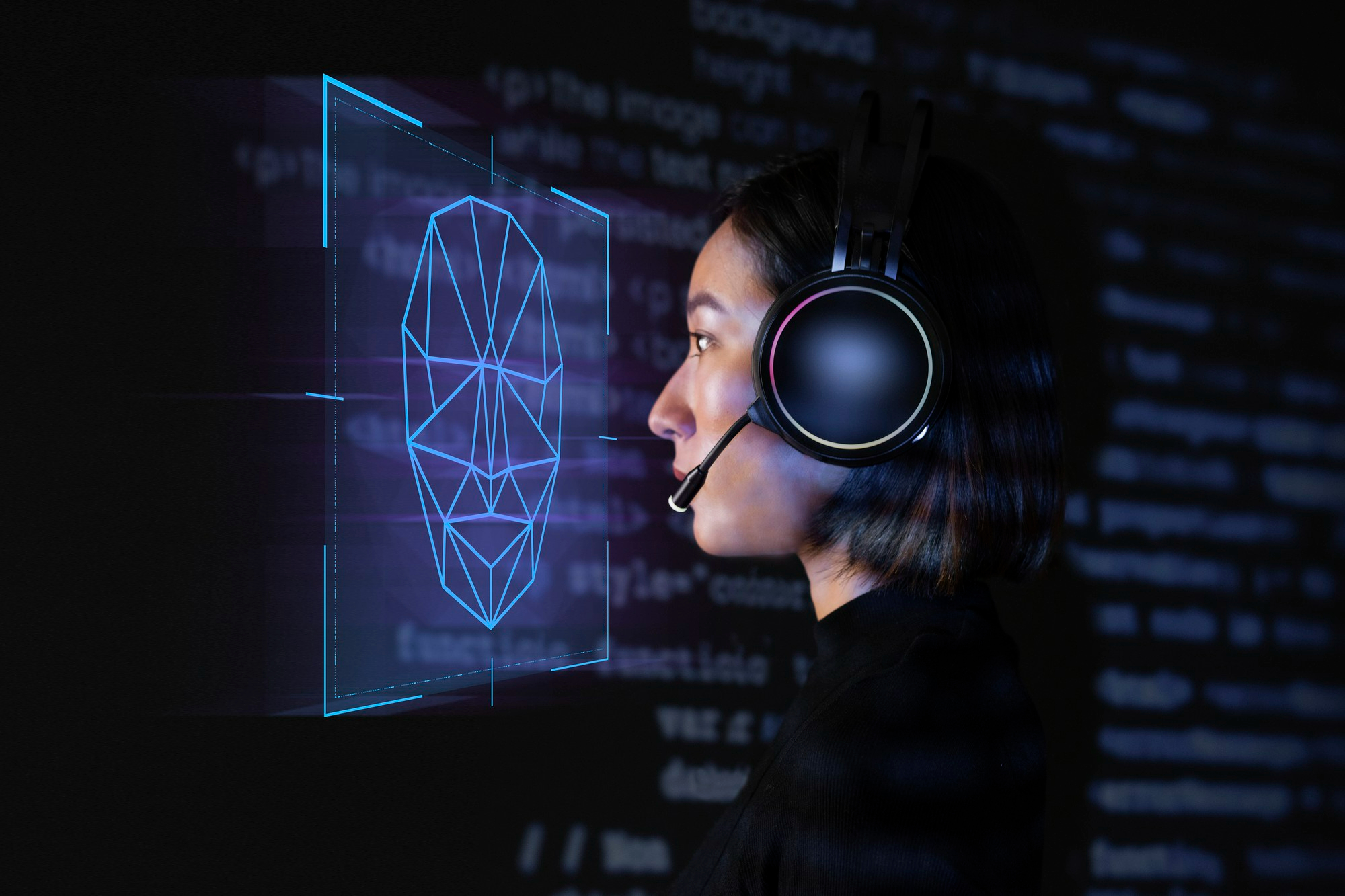
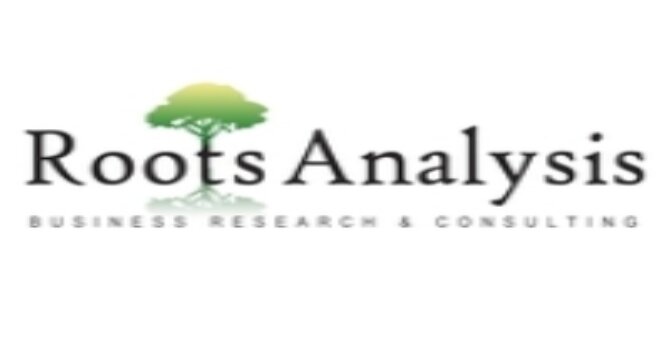
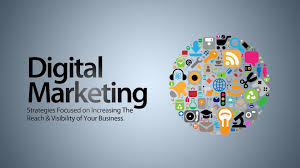
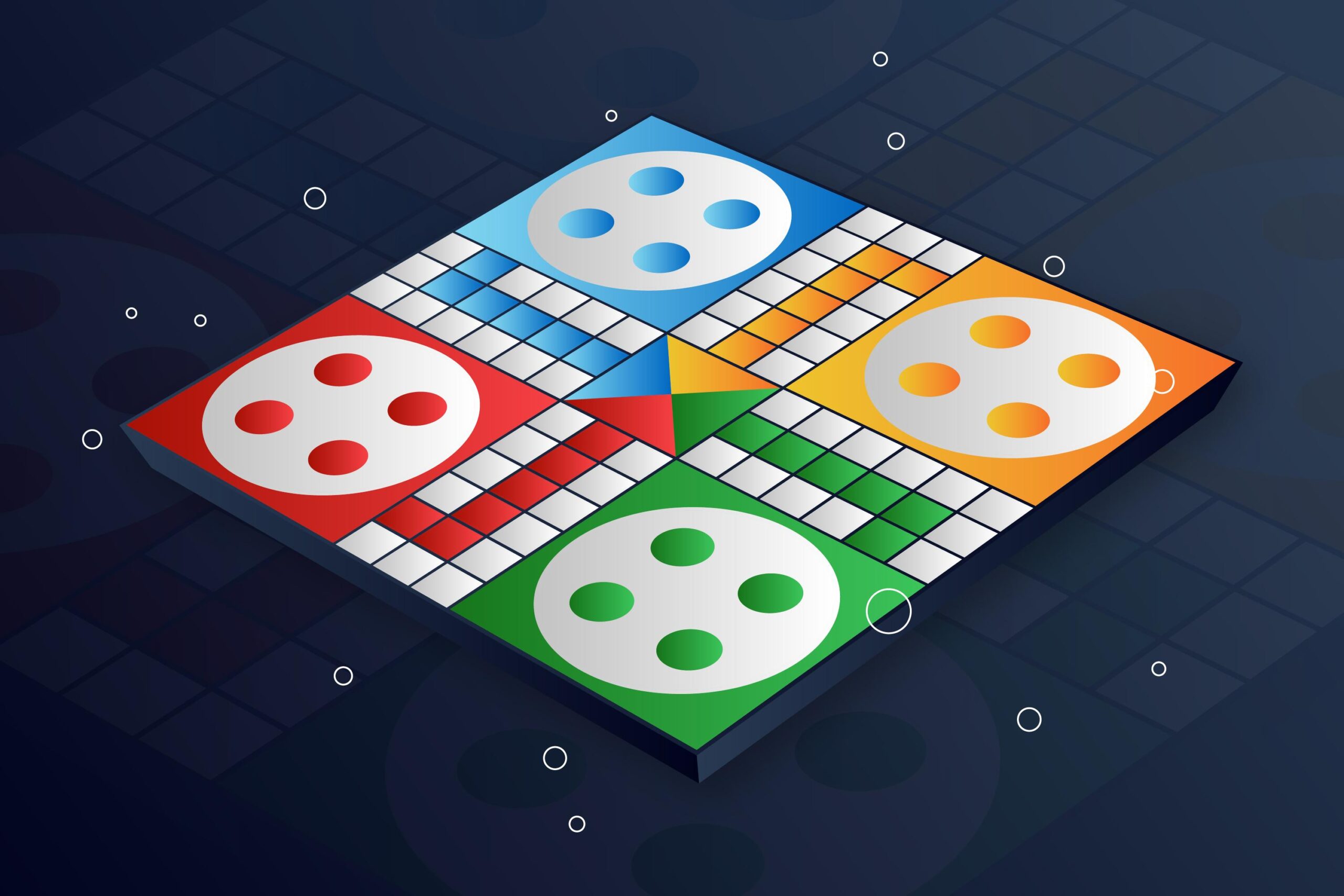
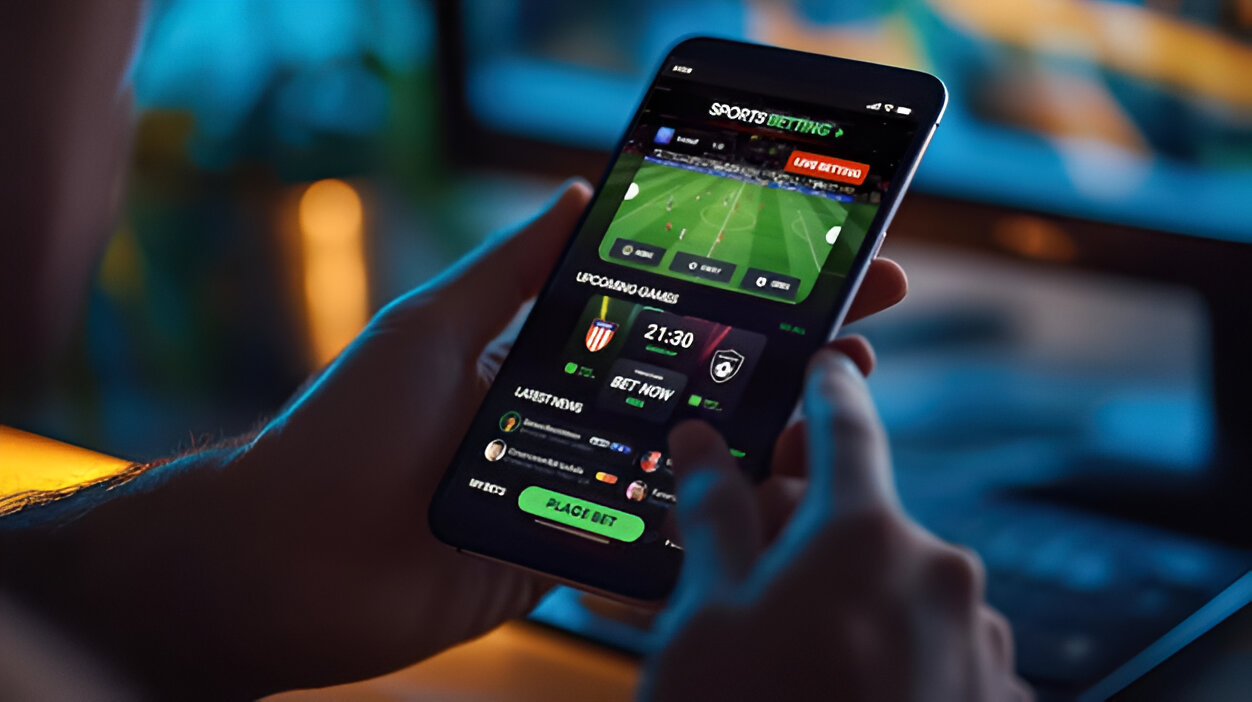

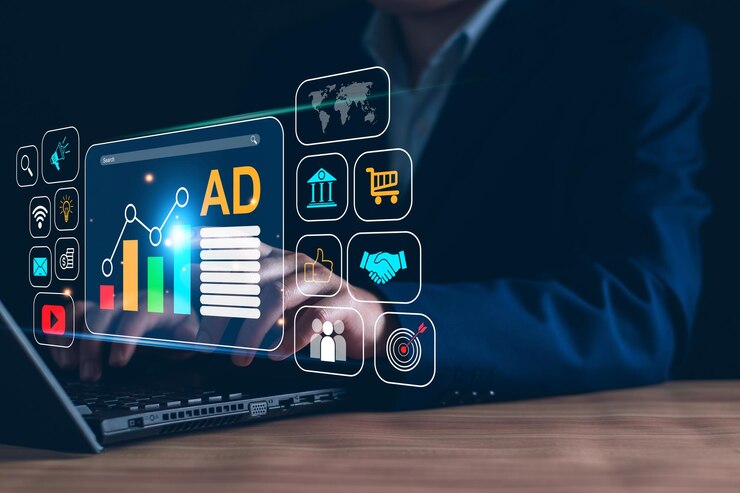


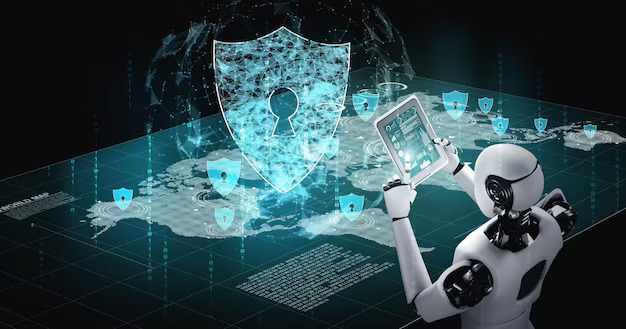
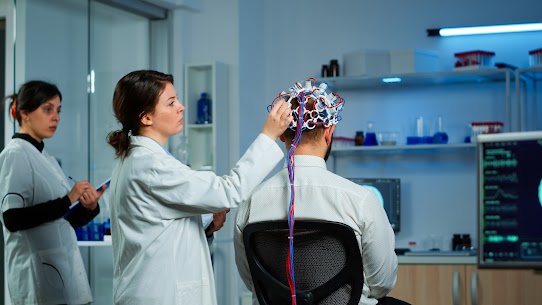


Leave a Reply